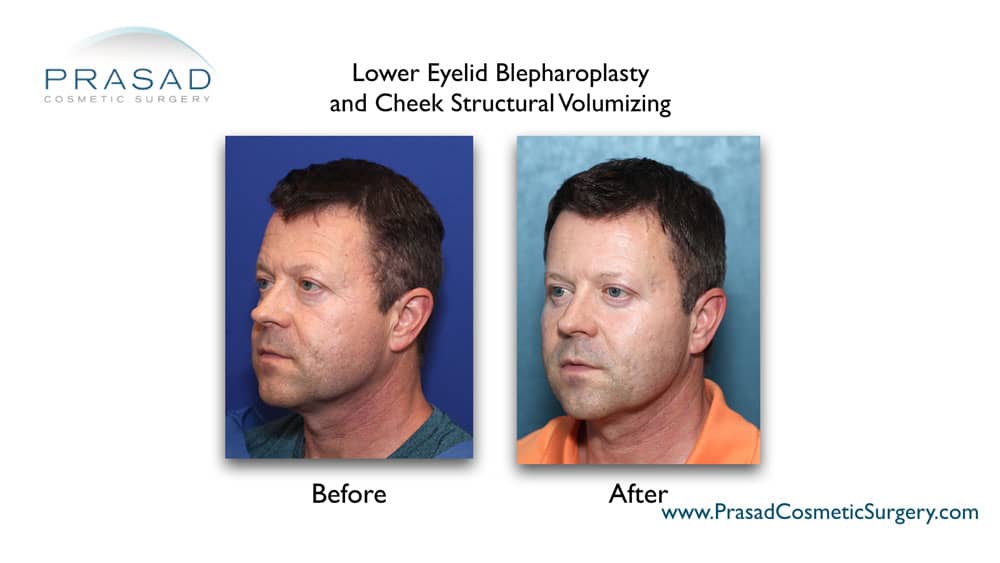This question reflects the level of confusion in the marketplace, where physicians, non-physicians, device manufacturers, pharmaceutical companies, and cosmetics manufacturers claim to have the best solution for bags under eyes on the internet, social media, radio, and television.
As an expert in treating bags under eyes since the early 1990s, I’ll share my experience with people who’ve come to me after trying many of these “new and improved” methods. I’ll talk about how I evaluate under eye bags, and the treatment strategies I devise for my patients. I’ve been in practice for over 25 years in Manhattan and Long Island. Every day in my practice I perform procedures to help people with their under eye bags, and improve the appearance of the lower eyelids such as lower eyelid surgery, under eye filler treatments, lasers, radiofrequency, and PRP procedures. I also specialize in revision procedures for the lower eyelids to correct the work of other surgeons, and even non-physicians, such as removing under eye fillers and treating lower eyelid complications from eye bag surgery, such as retraction and ectropion.
Bags under eyes men
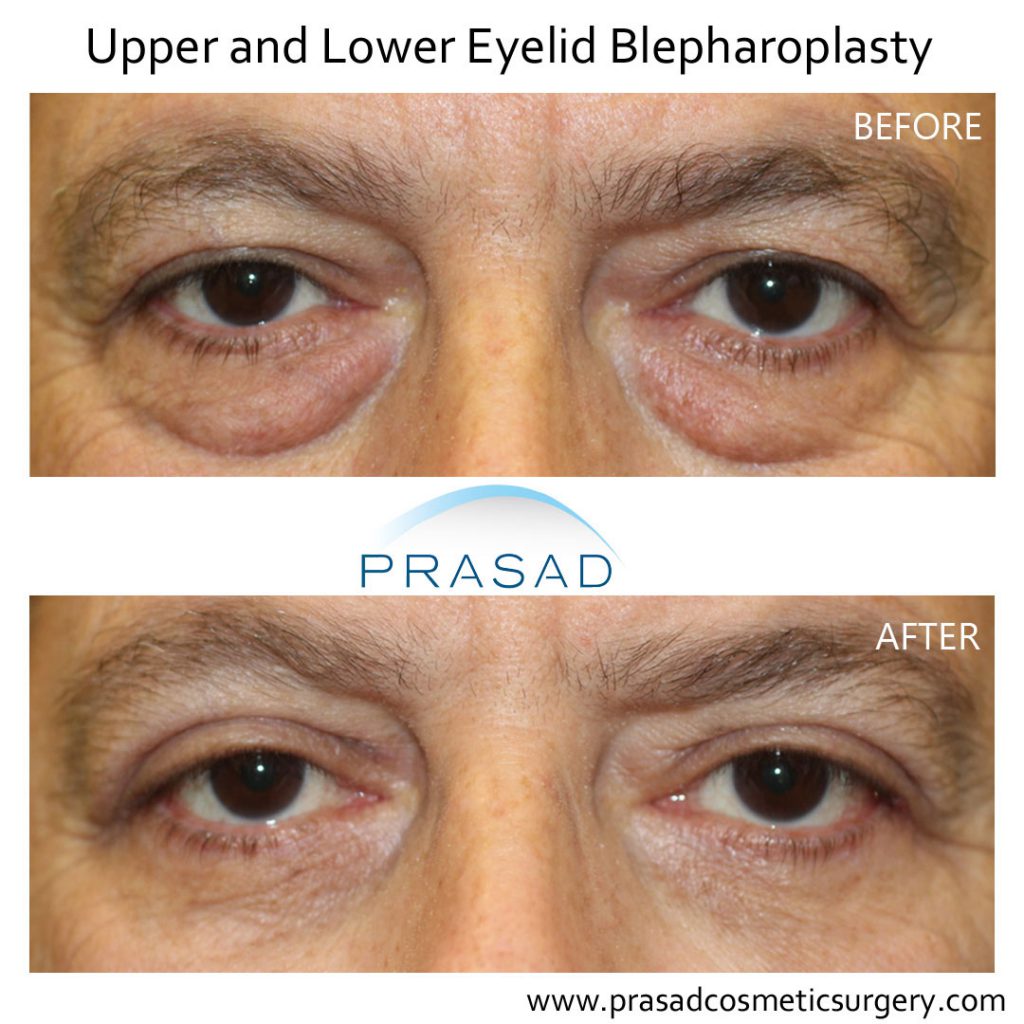
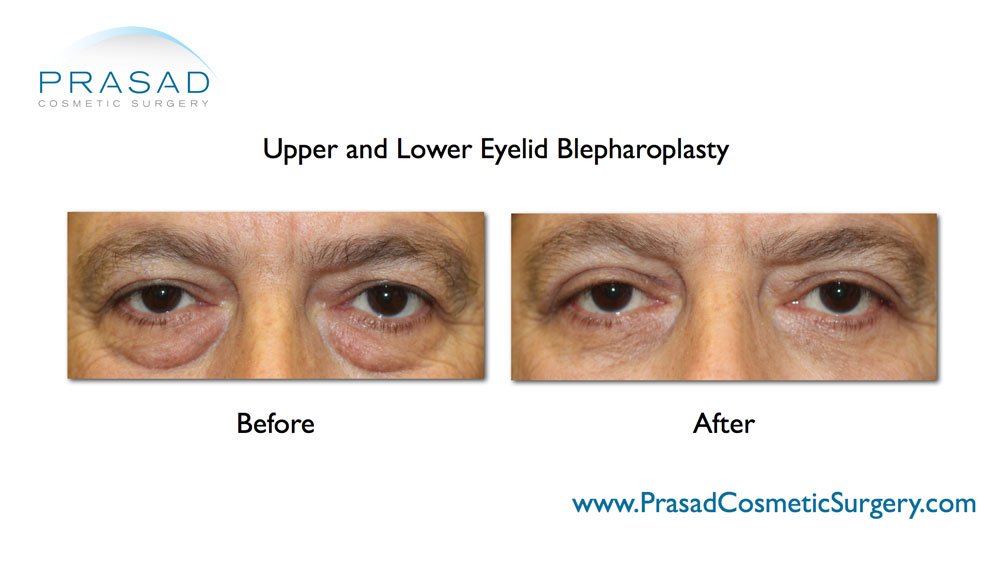
During consultations for bags under eyes, I find that many of my patients come in with a list of solutions that they discovered through extensive internet research. Another group of patients come in after attempting several so-called non-invasive procedures that either did not work. or made them look worse. There is a common element to these stories that have emerged during these discussions – they typically report going to someone and being advised to have a procedure with a new device or an injectable in a shotgun approach. These so-called “breakthroughs” are aggressively promoted and, predictably, discounted as an incentive.
Why should you need an incentive other than a successful outcome if something works so well? What was lacking? What was missing was a proper anatomy analysis and an unbiased discussion of what factors contribute to them looking tired with bags under eyes. I tell my patients let’s define the problem first, then plan the solution.
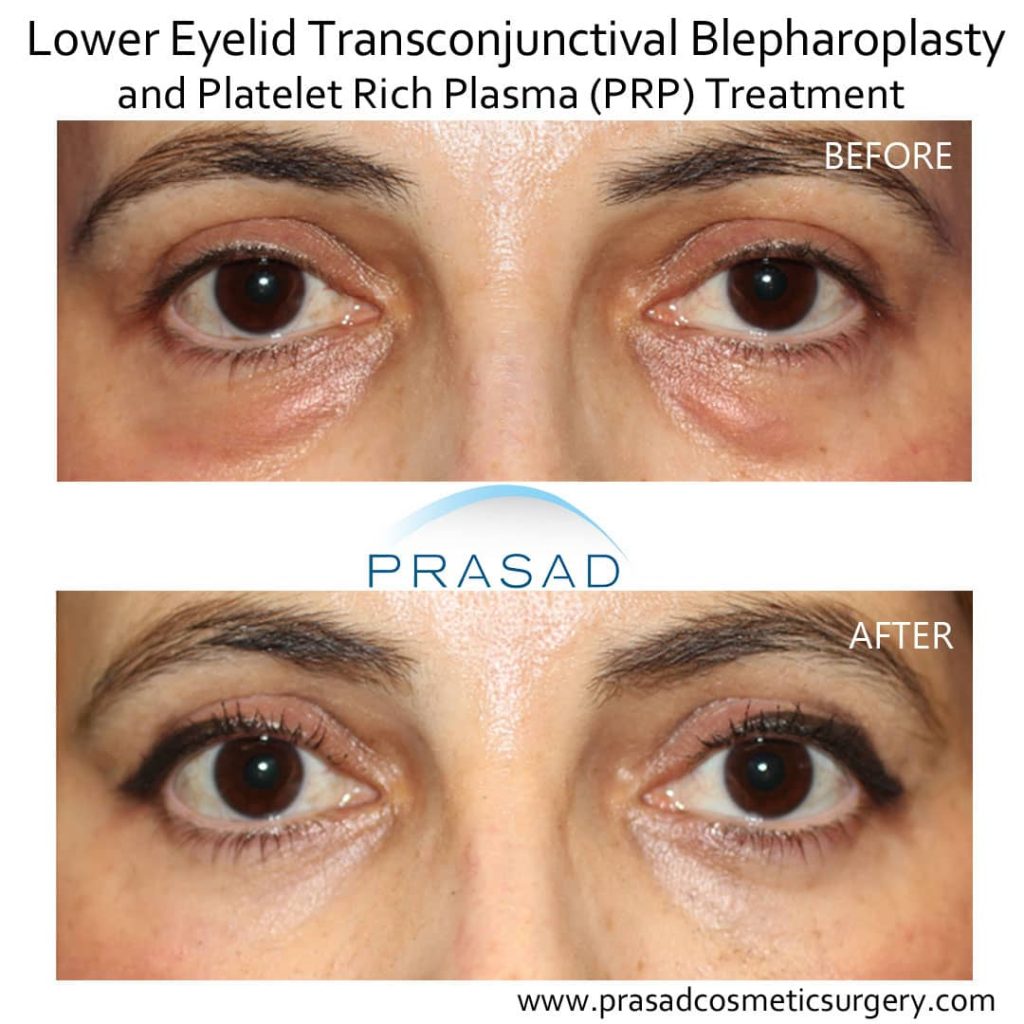
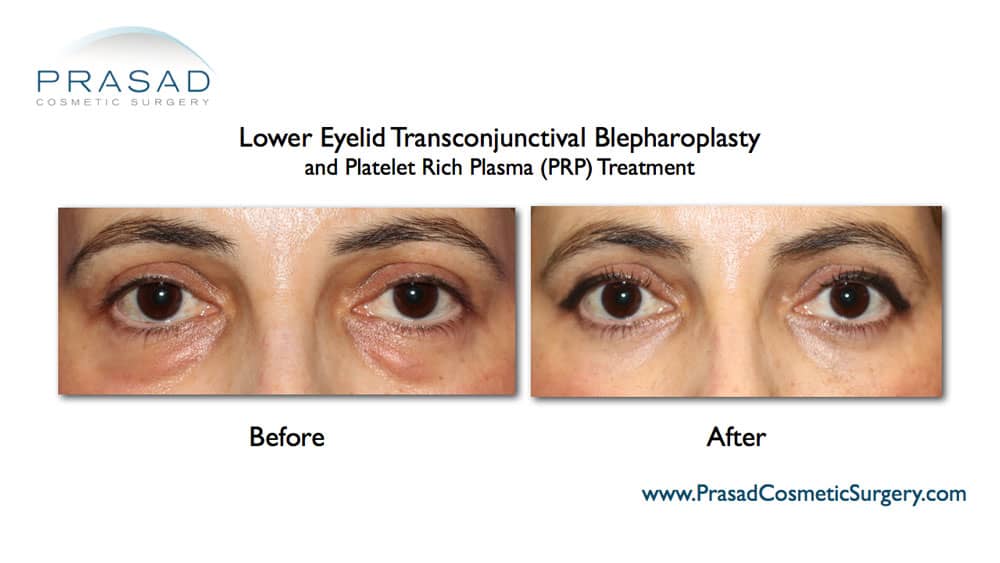
What causes under eye bags?
When you have bags under eyes that persist regardless of how much you sleep, and allergies, sinus issues, and salt intake are ruled out, the anatomic problem is most often lower eyelid fat prolapse. Lower eyelid fat prolapse occurs when the fat beneath your eyes herniates forward, a condition known as fat herniation. This condition is commonly associated with genetics, and aging. Continuing with the anatomy, I examine the bone structure, specifically the cheekbone structure. I frequently see fat forward prolapse occurring concurrently with a lack of cheek projection. When I say cheek, I mean the area just below the lower eyelid as seen from the front, as well as the cheekbone, which is the high point on the side of the eye. It’s not uncommon for me to see a patient who believes that under eye hollowing is their primary concern in the presence of bags under eyes.
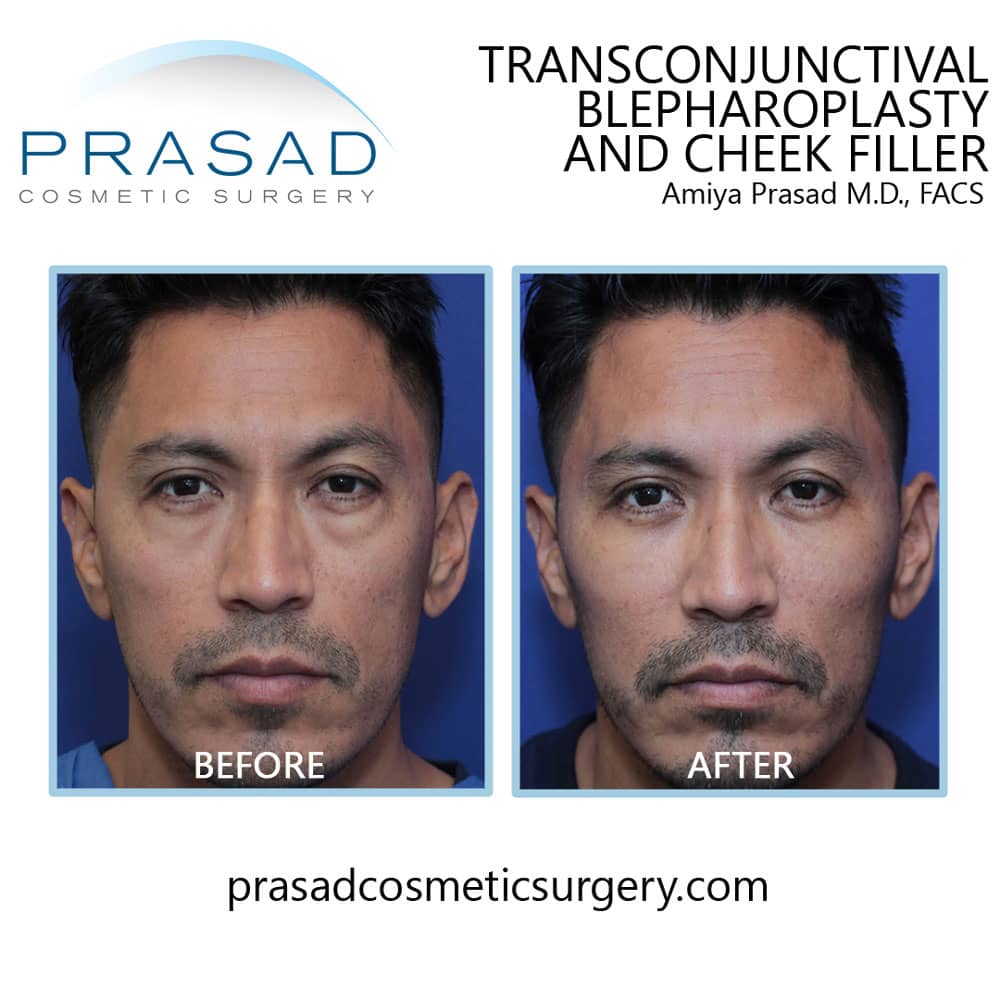
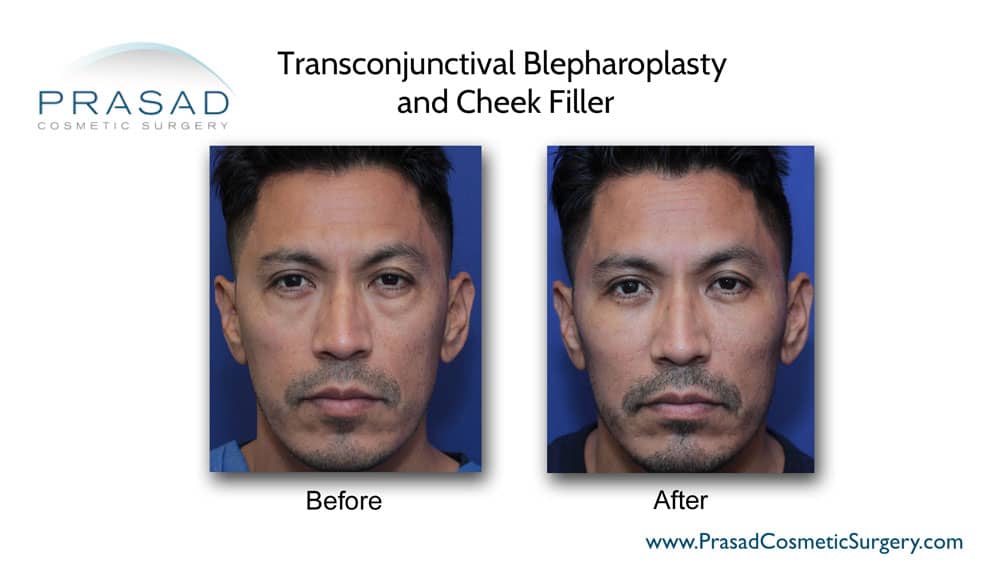
This makes sense when you consider the relationship between their cheek projection and fat prolapse. The contrast between the height of the under eye bag, which is like a hill, and the hollow, which is like a valley, also contributes to the perception of a hollow appearance. The deeper the valley or hollow, the higher the hill. I also consider the skin’s quality in terms of wrinkles, tone, and discoloration. It is critical to understand that the eyelid skin is the thinnest in the body, measuring approximately ½ mm in thickness.
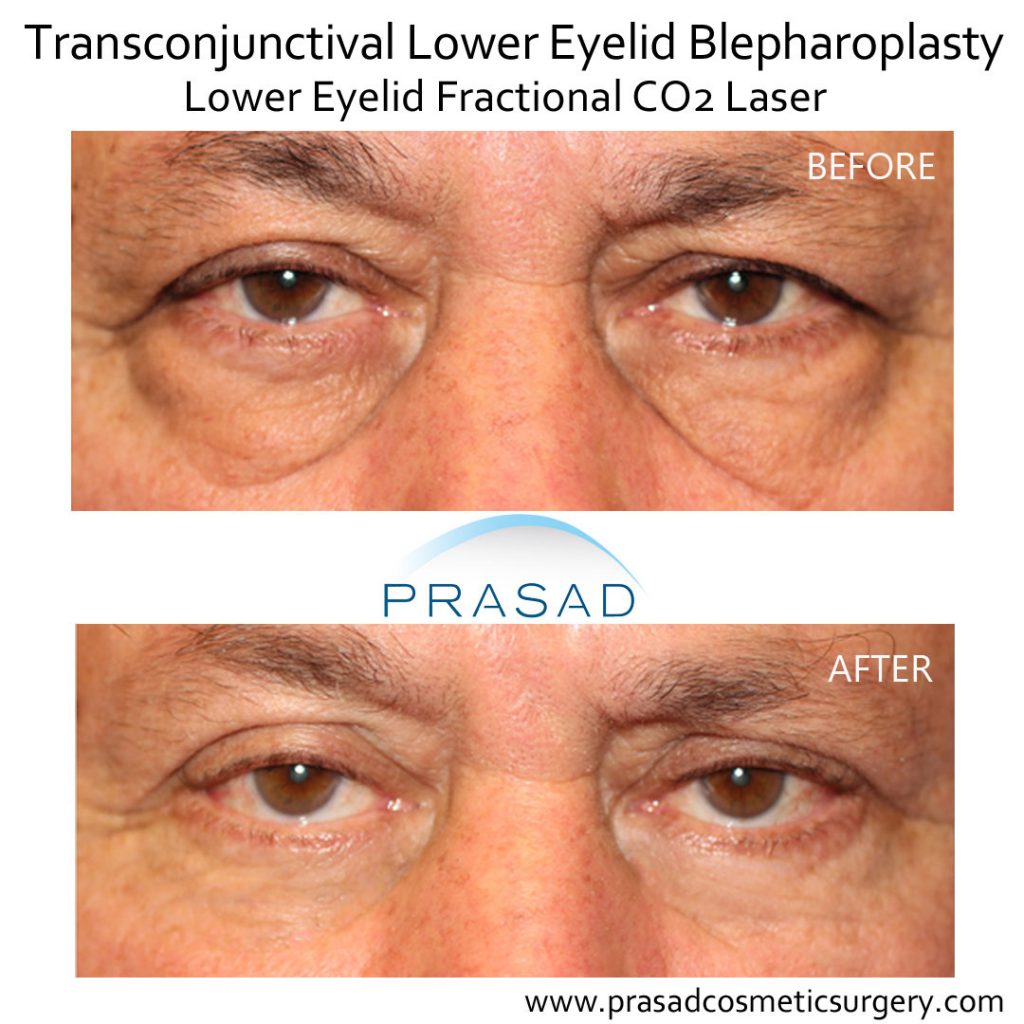
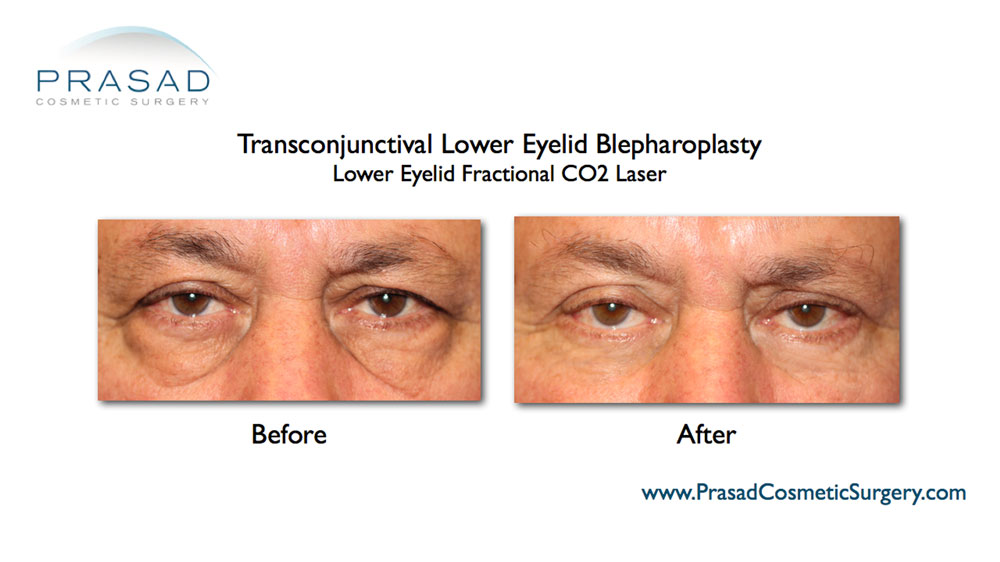
My recommendations to my patients are based on my experience as a cosmetic eyelid surgery specialist who has worked with a variety of surgical, and non-surgical approaches that include lasers, radiofrequency devices, and injectable treatments such as hyaluronic acid fillers and neurotoxins. The point is that I am not prejudiced because of a lack of education or training, so I choose the approach I believe is in my patient’s best interests to achieve a result that they will likely be satisfied with. I don’t lease any devices, and I don’t have any other obligations that would influence the recommendations I make. If I believe a device or technology is useful, I will purchase it and use it when appropriate.
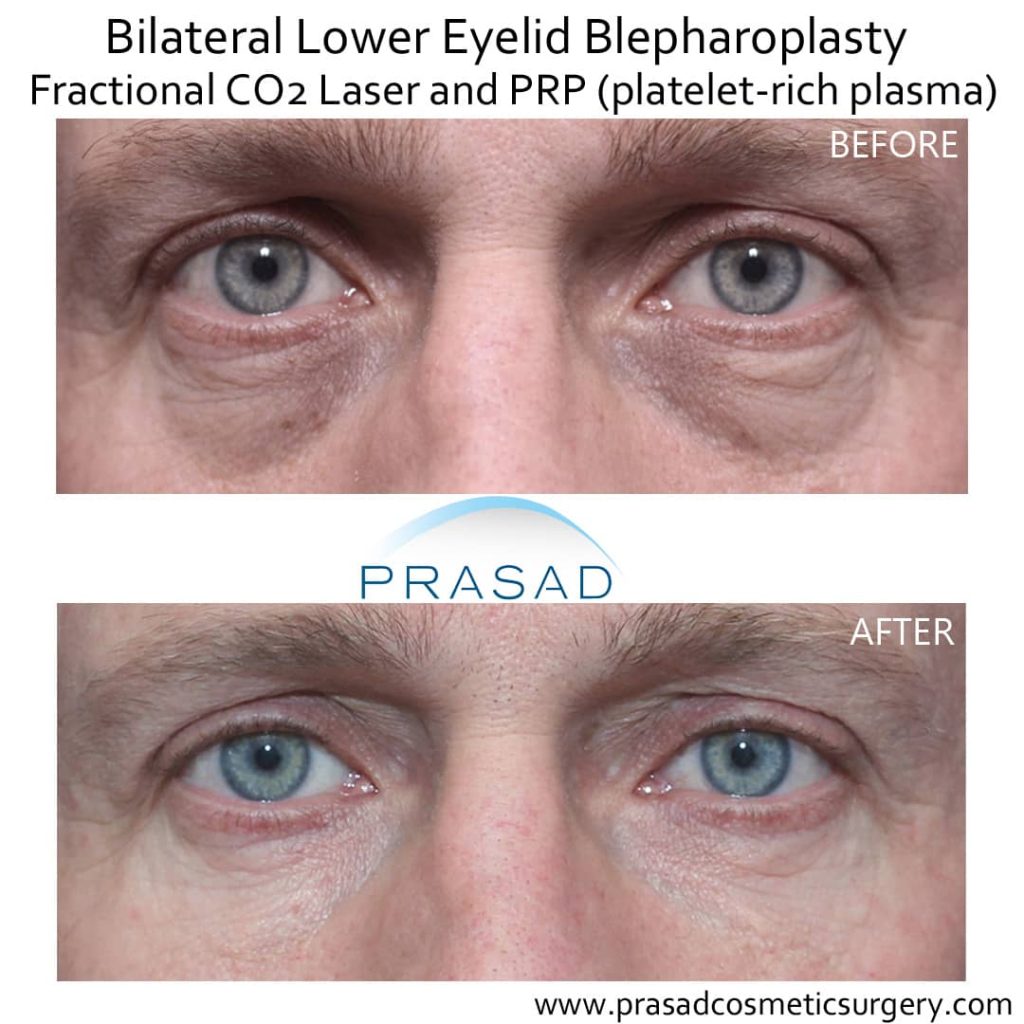
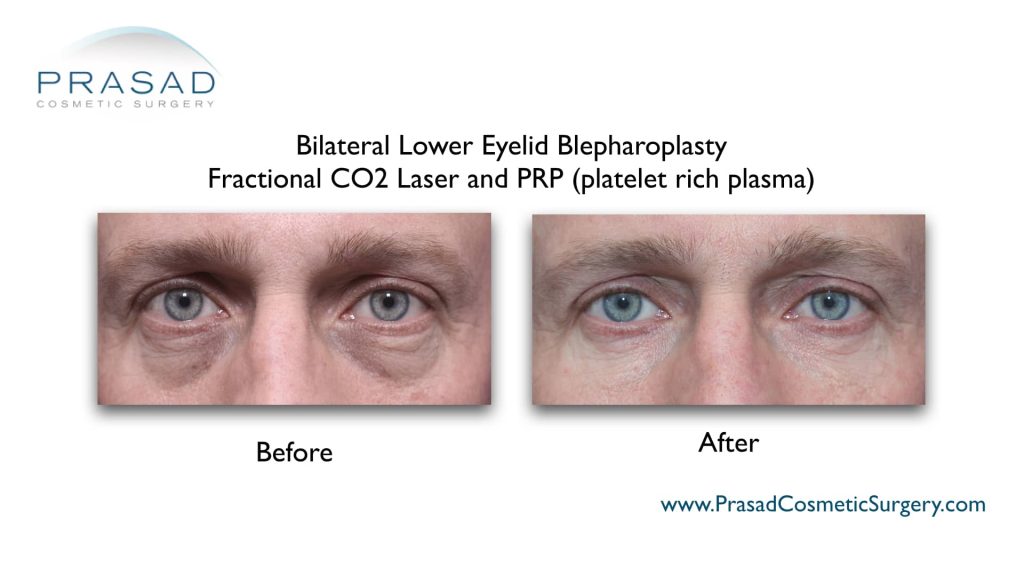
That said, let us examine what constitutes an effective solution for bags under eyes or any cosmetic procedure. The procedure, in my opinion, should be one that I would have done on myself, or perform on a member of my family. This means it should be safe, predictable, and have as little downtime as possible. The term “safe” refers to the procedure’s minimal risk of complications and anything that could endanger your health. “Predictable” means that as your doctor, I can confidently predict a level of improvement, as evidenced by before and after photos. “Minimal downtime” refers to being able to return to your normal life quickly without a lengthy recovery period in which you stare at yourself for weeks or months after the procedure, wondering when you’ll finally look normal.
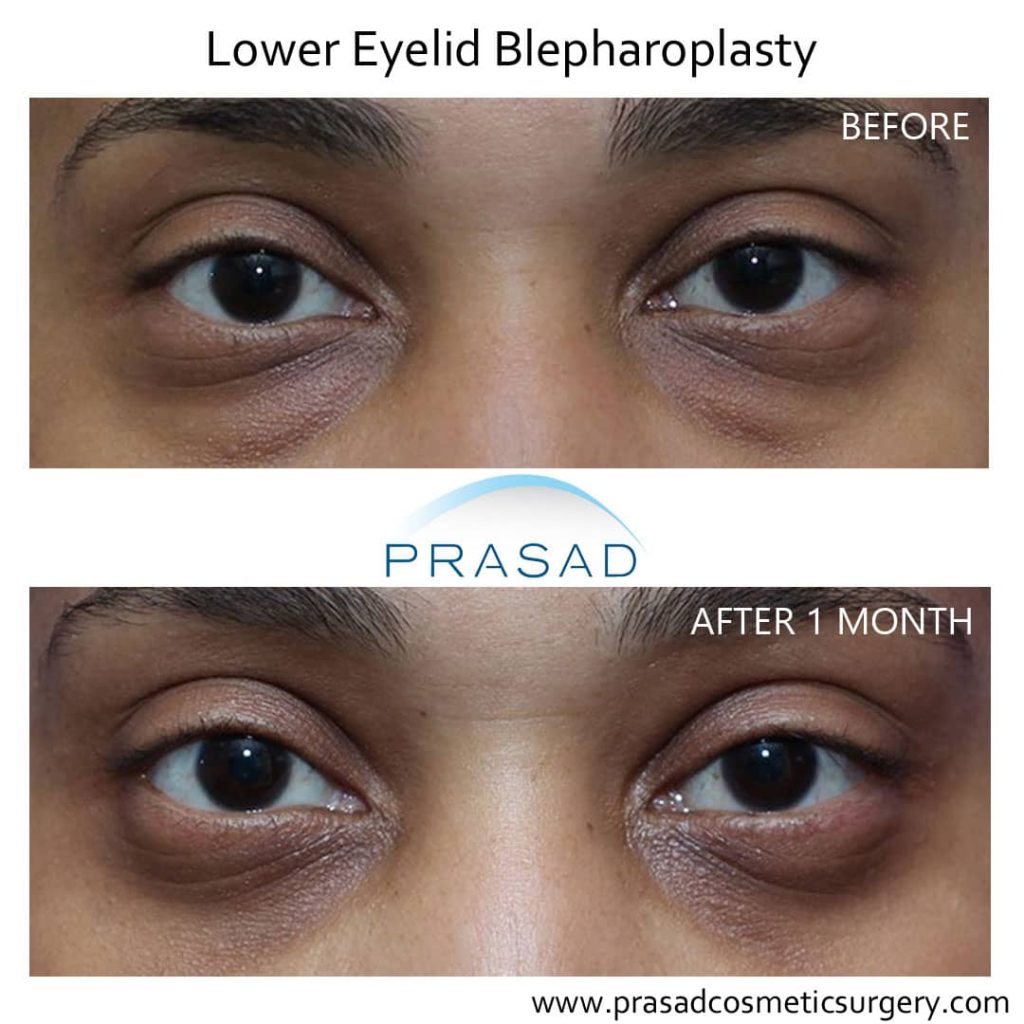
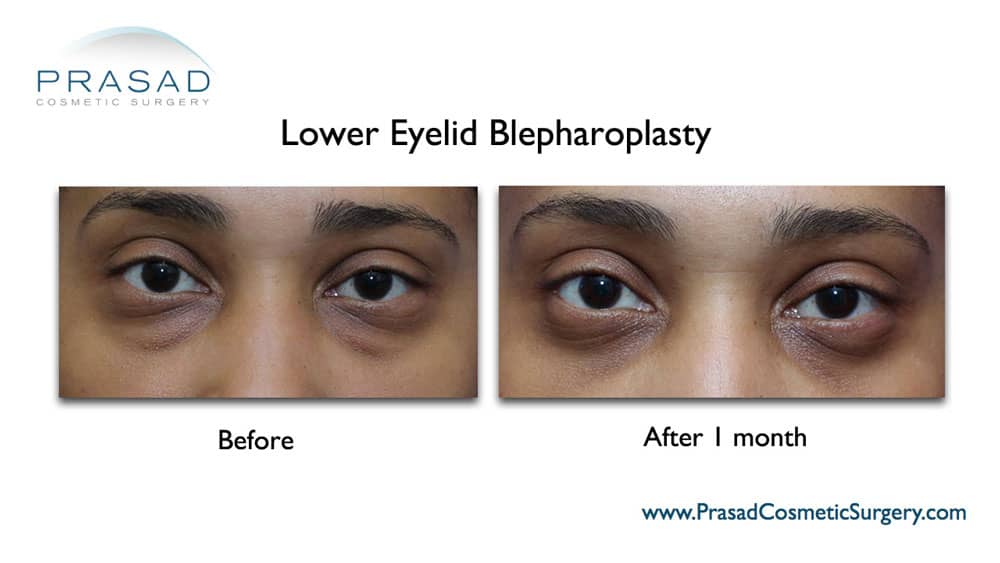
How to get rid of eye bags?
So here’s what goes through my mind when I see a patient with puffy eyes:
- Does their puffiness have bone structure anatomy that allows me to effectively conceal their puffiness with under eye filler?
The use of hyaluronic acid fillers as a non-surgical solution for under eye bags has received a lot of attention. This method has some anatomical limitations. Anyone doing internet research is now familiar with the term “tear trough”. There are two boundaries to this trough. The prolapsed fat is located closer to the eye.
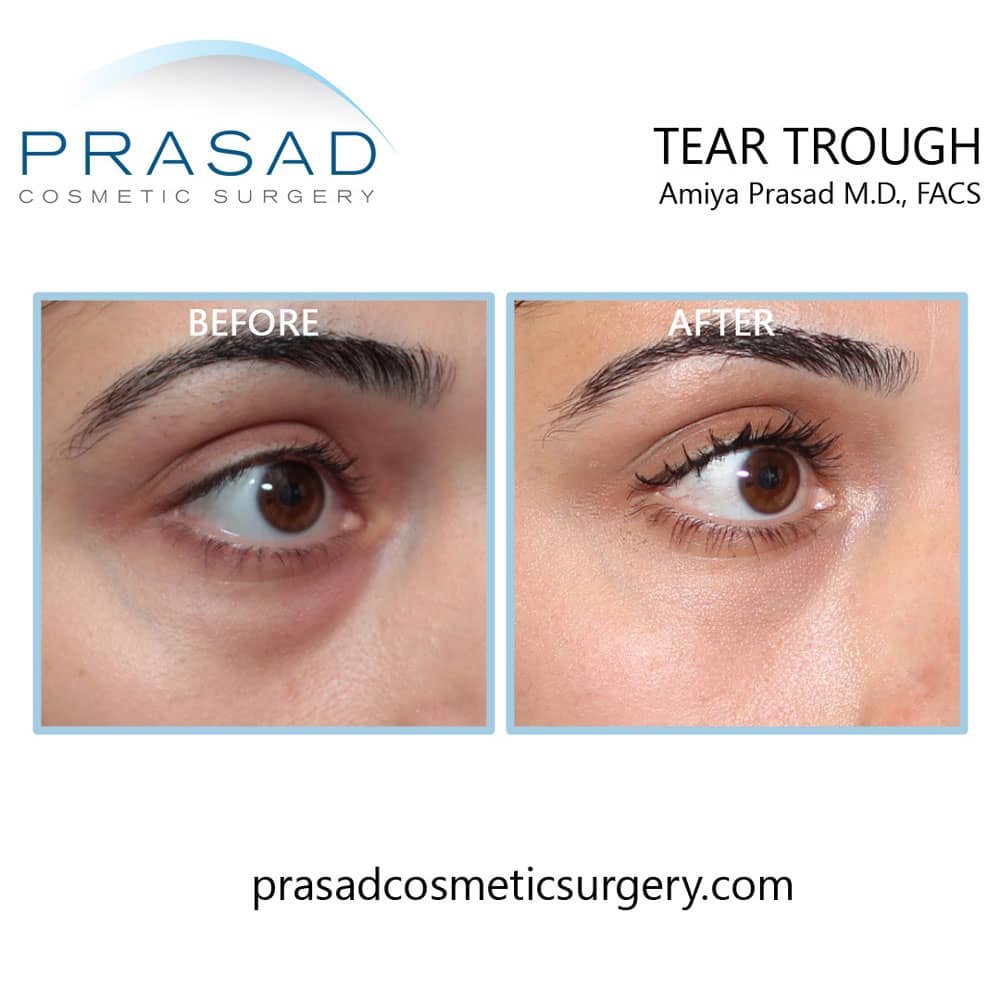
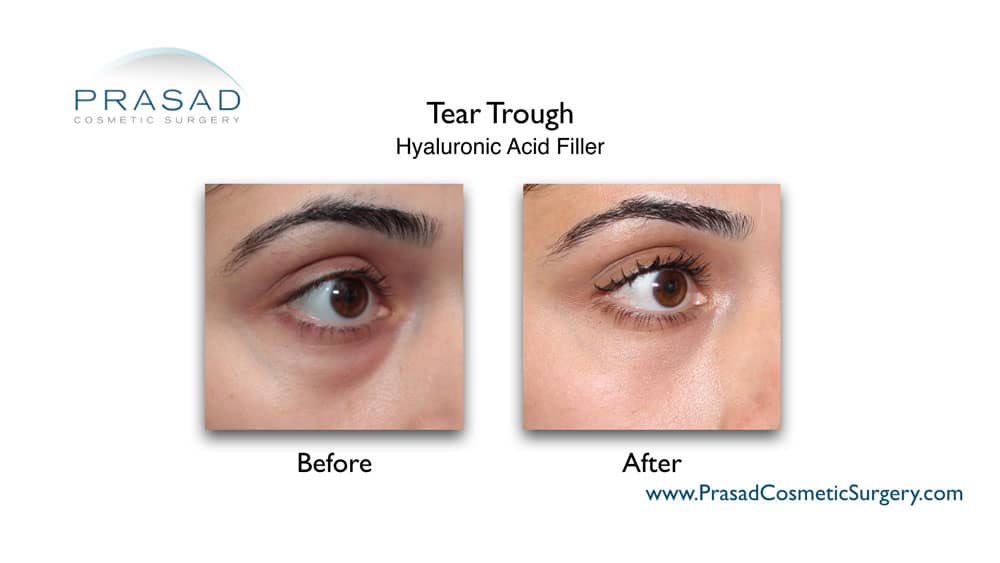
The other boundary is formed by a bone structure known as the anterior lacrimal crest, which is part of a larger bone known as the maxilla. This bone determines how much you can fill the tear trough before you exceed the trough’s capacity from the front. The filler’s ability to reduce the relative prominence of the fat pocket is limited by the height or projection of the prolapsed fat. When the fat pocket and the anterior lacrimal crest are about the same height and there is a deep tear trough, I can use a blunt cannula to place a filler like Restylane and get a good result.
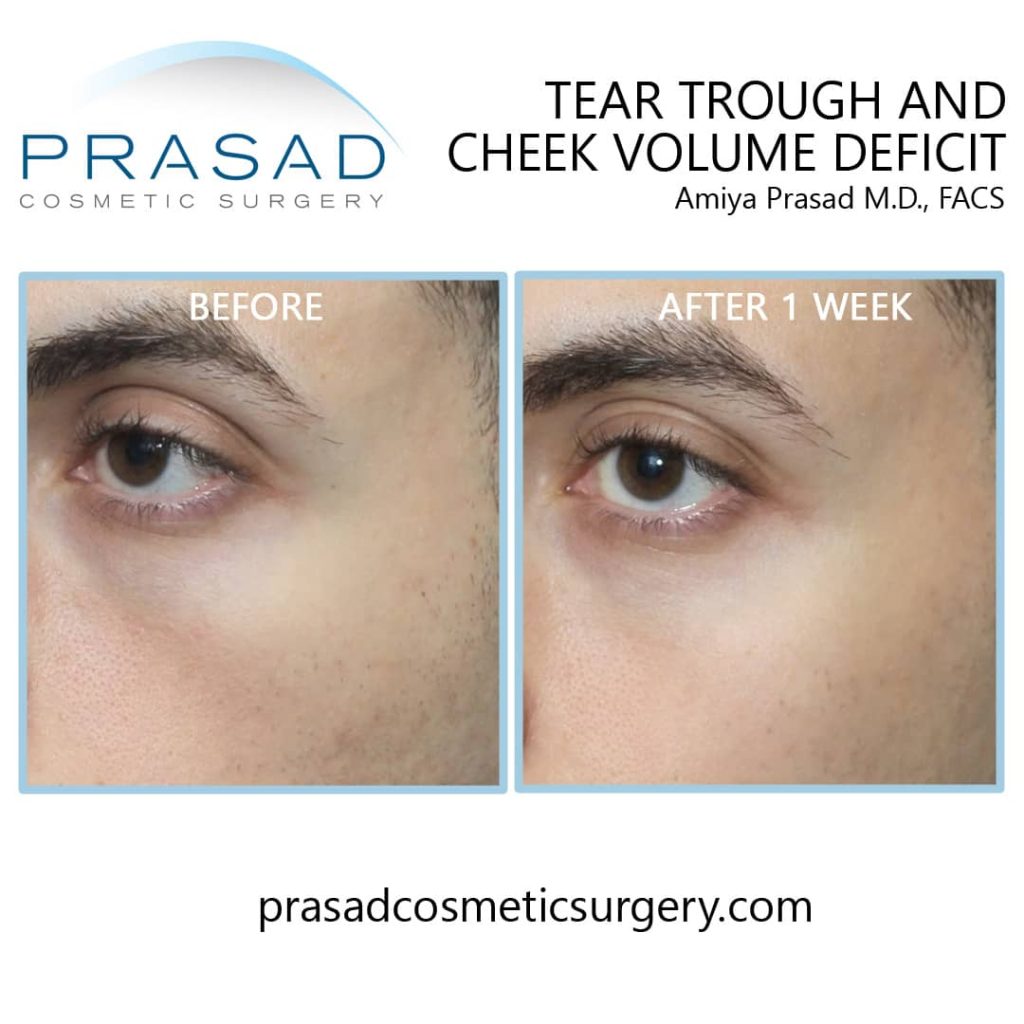
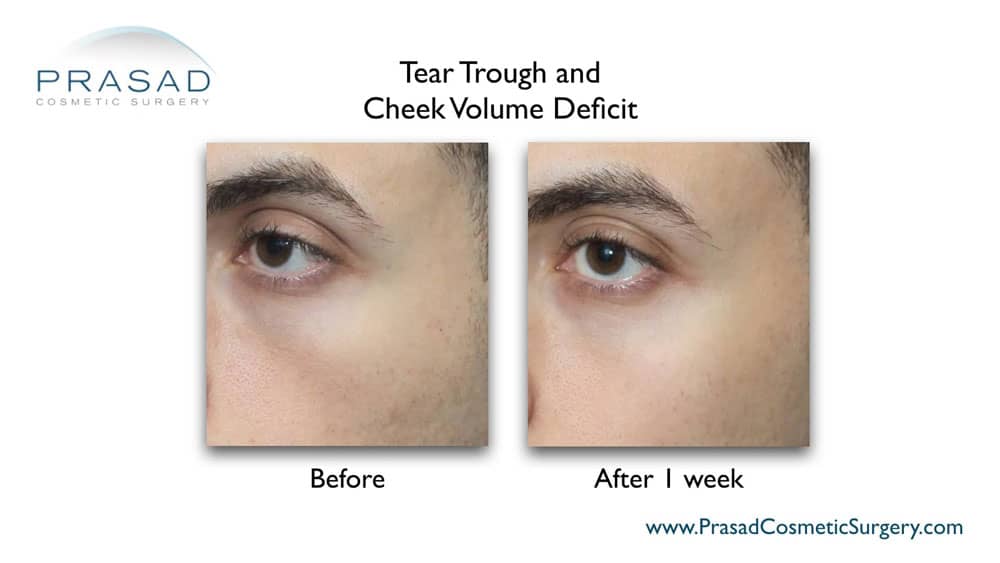
I frequently see people who had filler placed to conceal their eye bags, which made their eyebags look worse. I see this a lot when people insist on fillers when the fat pockets are too prominent and there is no room for filler placement. These are the same people who believe they know enough to instruct the practitioner on where the fillers should be placed. They end up looking worse, then blaming the practitioner for the outcome, even though they needed surgery, and refuse to accept that reality.
I’ve also seen cases where too much filler was used not only in the tear trough but also in the cheek from the front and sides, resulting in a disfiguring and unnaturally swollen appearance. After being placed in the skin far too frequently, this filler causes swelling and most likely affects the lymphatic drainage system, exacerbating the swelling.
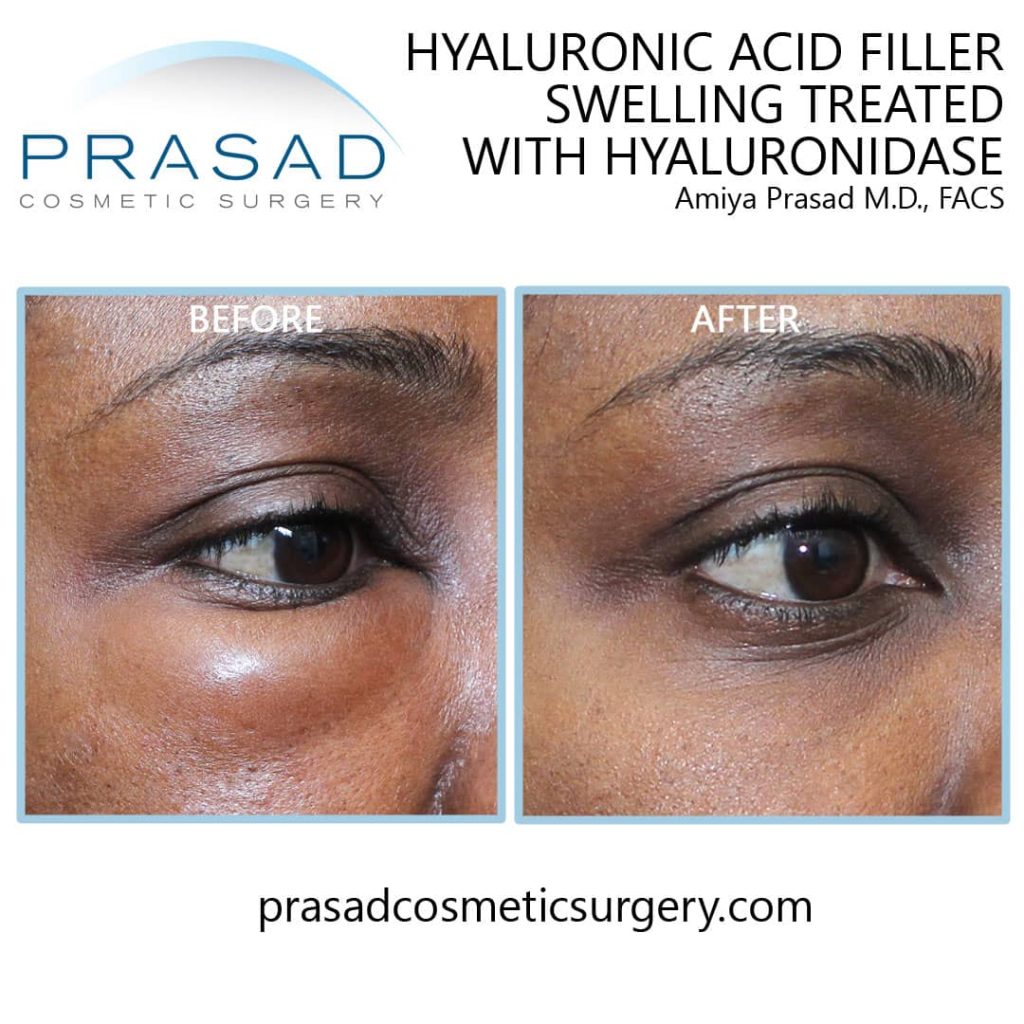
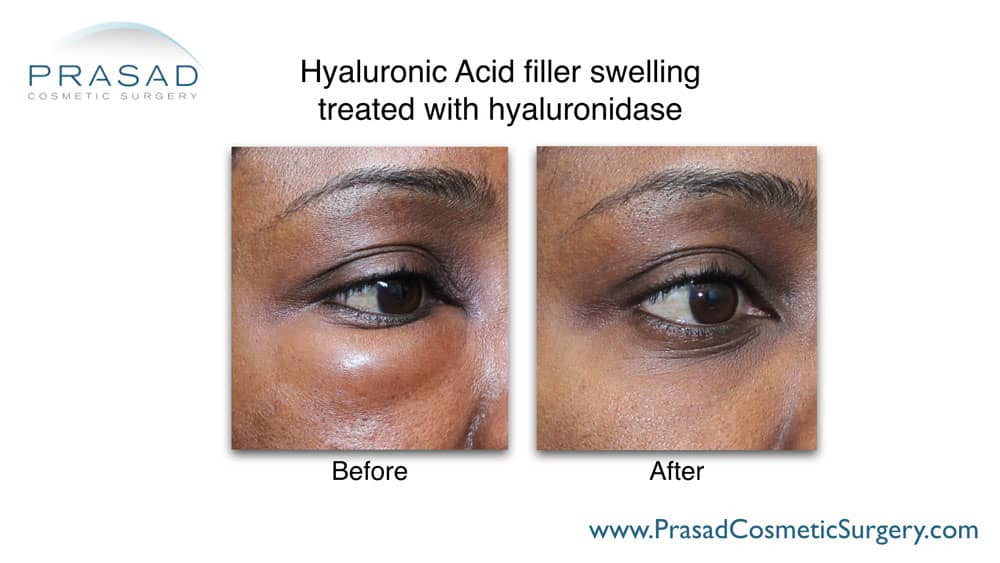
I have to use a lot of hyaluronidase to dissolve the hyaluronic acid filler in these patients before I can do anything else. I frequently see patients who had fillers for a few years to conceal their under eye bags, then discovered the fillers were no longer effective as the fat prolapse worsened, and facial volume loss from weight loss and aging progressed.
- After determining that the eye bags are caused by lower eyelid fat prolapse, the next question is how far forward the individual fat compartments are herniated. There are three compartments in the lower eyelid, each with deeper extensions and sub-compartments. The fat pockets are classified as medial, central, and lateral. I have the patient look up in various directions, which makes these fat pockets more visible.
I also examine the lower eyelid’s supporting structures, particularly the lateral canthal tendon, which is attached to the bone structure. When the fat pockets are so prominent that filler cannot effectively blend them, surgery is the best option. Surgery is frequently portrayed as something to be avoided at all costs, particularly by non-surgeons.
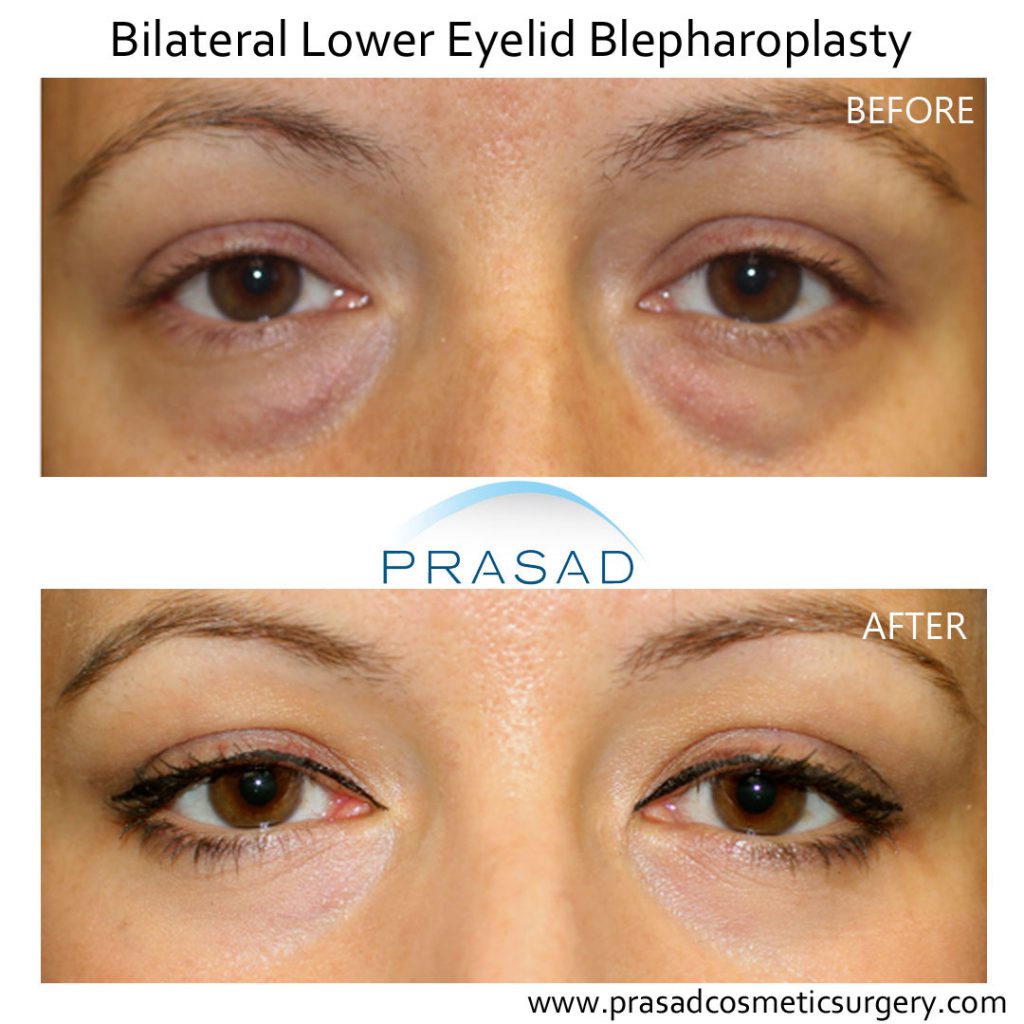
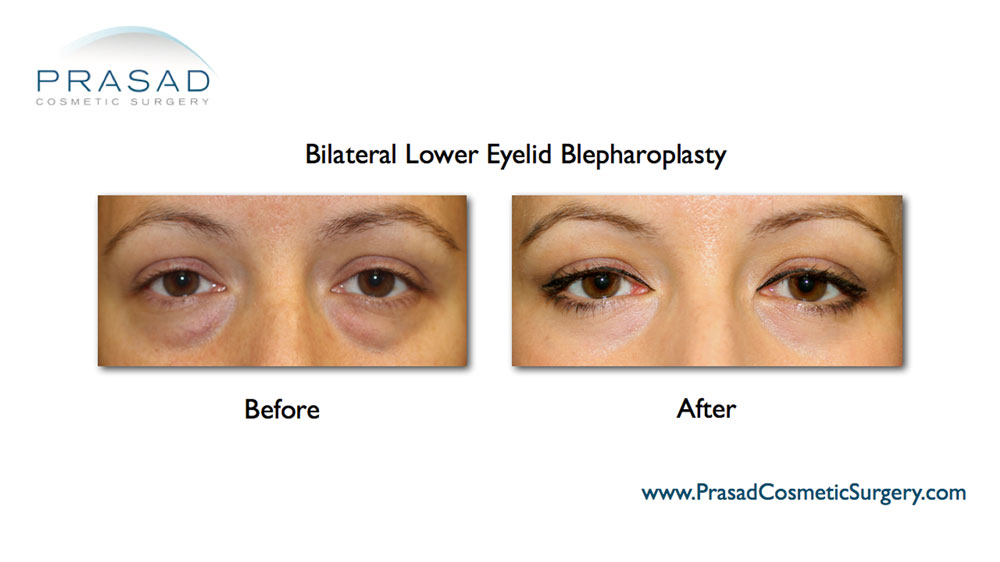
I emphasize the word “costs” because these practitioners cost their patients thousands of dollars in unnecessary treatments. Understandably, there are numerous examples of allegedly botched plastic surgery in the media, which contribute to the public’s fear of surgery. I tell my patients that people who look natural after eyelid surgery don’t attract attention, so the fearful patient misses out on good cosmetic surgery results.
After so many years in practice, many of my patients come because they know someone I’ve operated on and like how the person I’ve operated on looks. Fear of anesthesia and anesthesia-related complications also contribute to surgical aversion. In my practice, I perform eyelid surgery under local anesthesia with LITE IV sedation rather than general anesthesia, which paralyzes you and places you on a respirator to keep you alive.
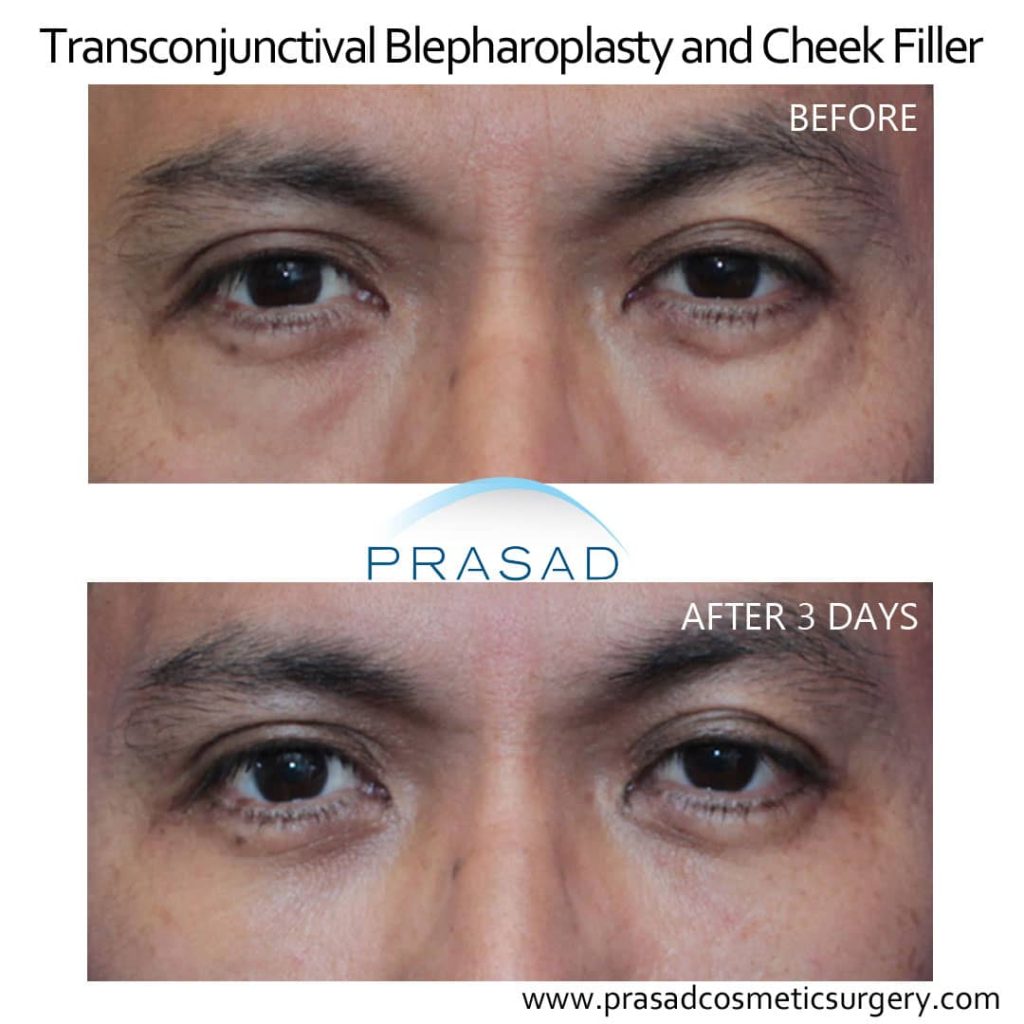
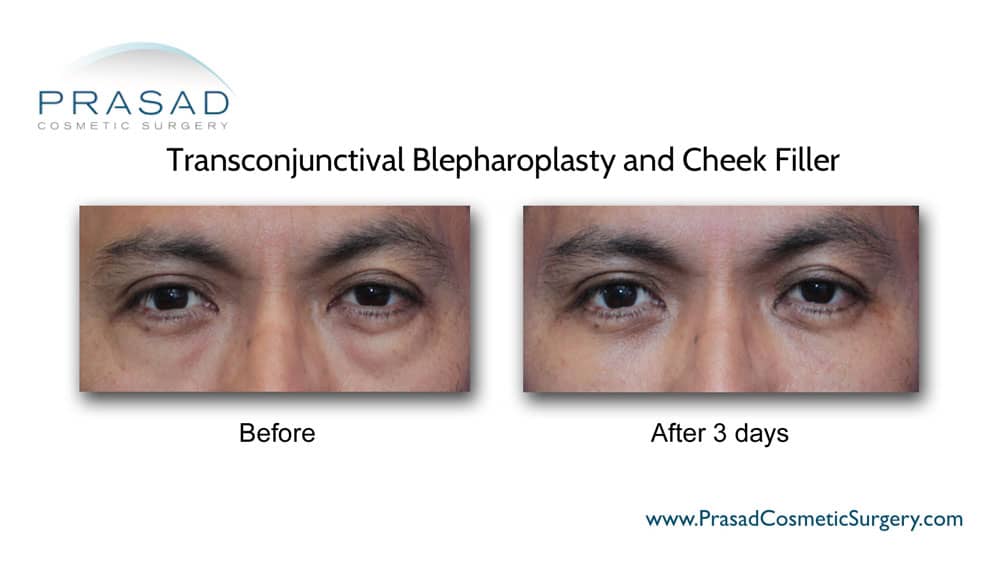
My patients recover quickly and leave feeling comfortable and grateful to my staff before heading home. In terms of surgery, my preferred method for treating under eye bags is known as transconjunctival blepharoplasty. This is a method for addressing fat pockets on the inside of the eyelids. My patients’ eyes retain their natural shape in my hands, allowing them to retain the character of their eyes because the lower eyelid anatomy is preserved. This is in contrast to the more commonly performed transcutaneous blepharoplasty, where an incision is made in the eyelid skin, and through the muscle to reach the fat pockets, which can compromise lower eyelid support. Since there is no external incision, there is no chance of a visible scar, so results look completely natural. When performing this type of eyelid surgery, my goal is to give you the appearance you would have had if you had never had prolapsing fat pockets. My patients usually recover quickly and return to work within a week, with no bruising. As an aside, I’ve seen patients who had fillers done elsewhere and were bruised for weeks, whereas my patients have minimal to no bruising one week after surgery.
- The next step is to evaluate the skin. I frequently recommend fractional CO2 or Erbium laser to improve skin quality and texture if you have lighter skin with wrinkles and discolorations. I also use PRP, or platelet-rich plasma, which is a concentrated form of your blood’s healing factors that stimulate collagen and blood supply, resulting in better skin. I use PRP on all skin types and have found it to be beneficial for darker skin types who are not laser candidates. Radiofrequency can also be used to further improve skin quality and texture for ethnic skin types that are at risk of hyperpigmentation from laser treatment.
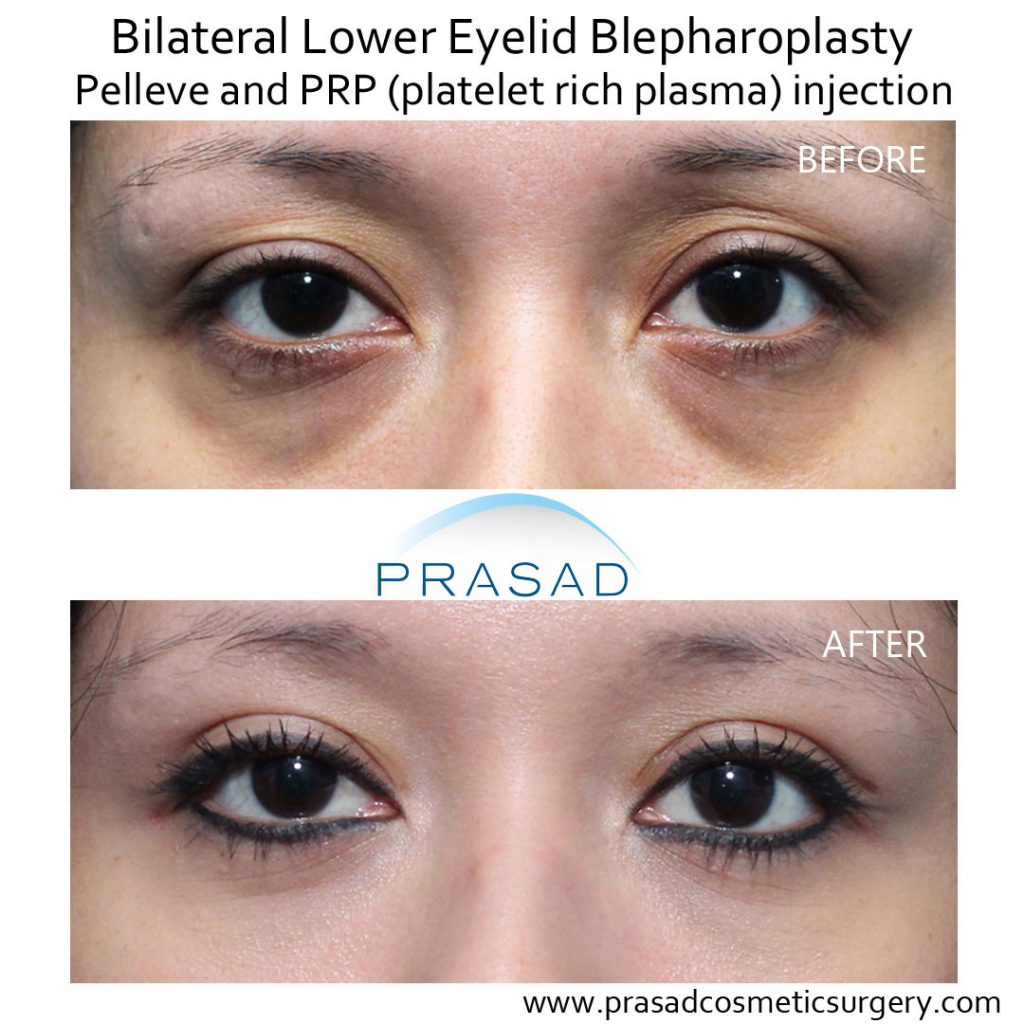

As previously stated, the presence of fat prolapse resulting in under eye bags is frequently accompanied by a decrease in cheek volume and projection caused by genetics and aging. More than anything else, bone structure influences facial appearance, so addressing bone volume can help you improve your appearance more effectively than any thermal energy device, or the most recent “innovations” with threads. The concept is known as Structural Volumizing, and it involves using my experience performing facial implant surgery, such as cheek and chin implant placement, to place long-lasting hyaluronic acid fillers.

